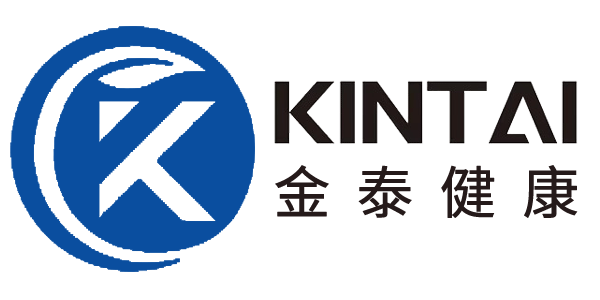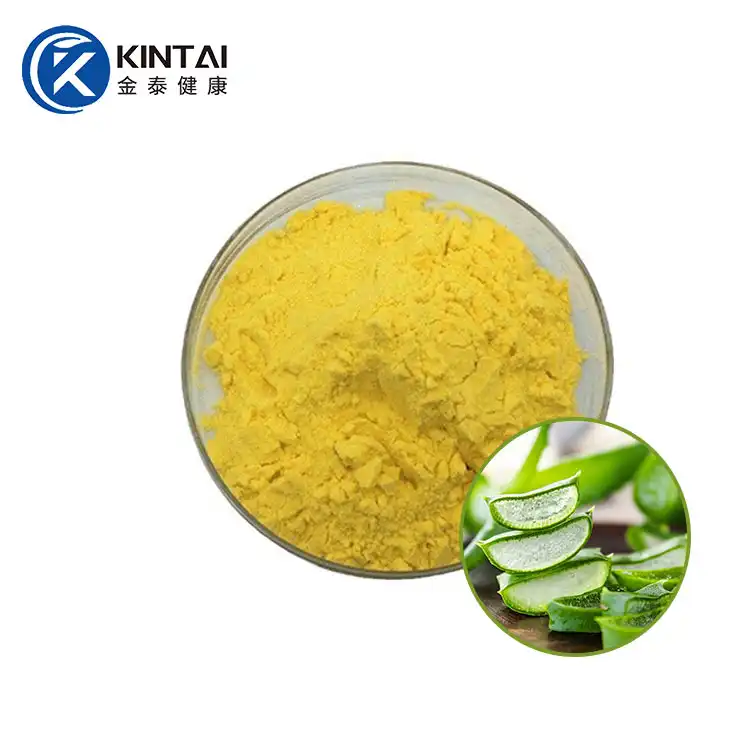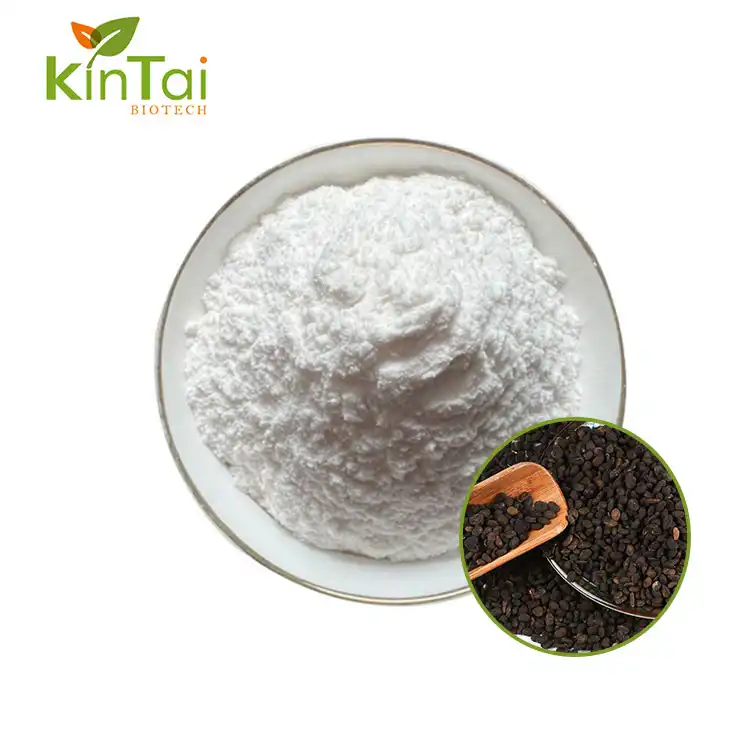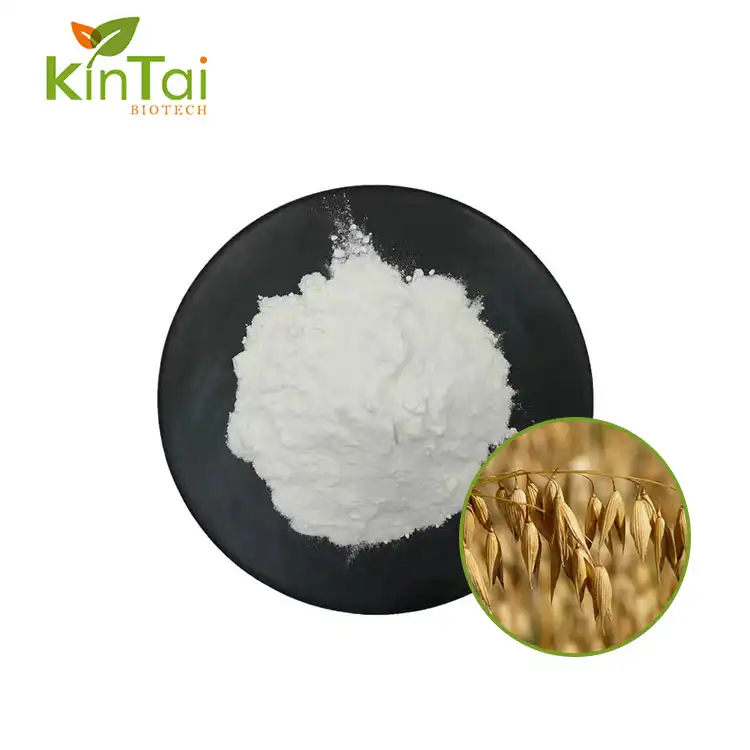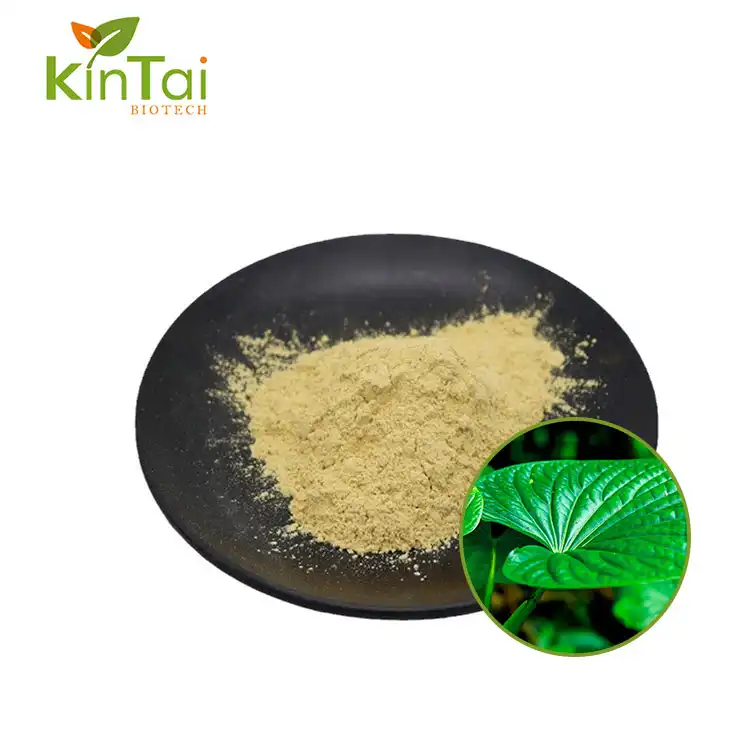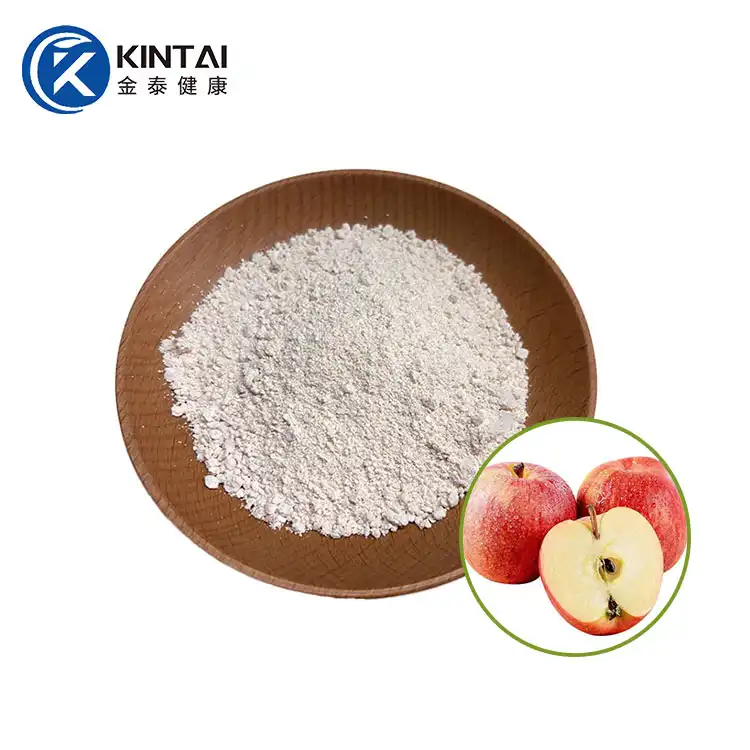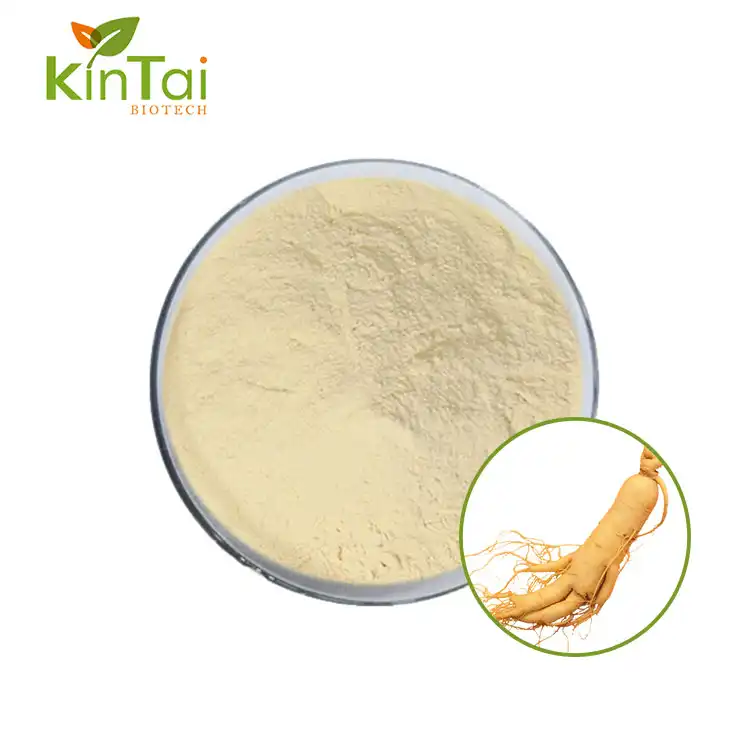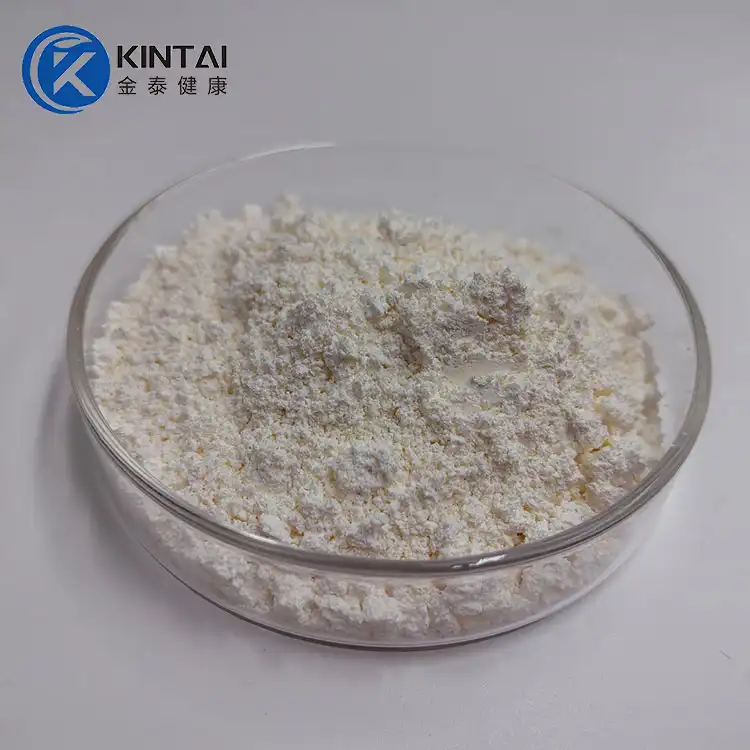How to Extract Lycopene from Tomato?
2025-03-14 11:08:01
Lycopene extraction from tomatoes represents a crucial process in the nutraceutical and pharmaceutical industries, serving as a foundation for numerous health supplements and functional foods. The efficient extraction of this powerful antioxidant carotenoid requires precise methodologies and careful consideration of various factors to ensure optimal yield and quality. This comprehensive guide explores the intricate processes, methodologies, and considerations involved in extracting lycopene from tomatoes, offering valuable insights for both industrial-scale production and research applications.
The extraction of Tomato Extract Lycopene involves a sophisticated process that combines multiple steps and techniques. The process typically begins with selecting high-quality, fully ripened tomatoes, as these contain the highest concentration of lycopene. The extraction process utilizes various solvents and methods, including supercritical fluid extraction, solvent extraction, and enzymatic treatments. These methods are carefully calibrated to maximize yield while maintaining the molecular integrity of the lycopene compound, ensuring its bioavailability and therapeutic potential in the final product.

Advanced Extraction Methodologies
Supercritical CO2 Extraction
Supercritical CO2 extraction represents a cutting-edge approach in obtaining Tomato Extract Lycopene. This method utilizes carbon dioxide in its supercritical state, where it exhibits properties of both gas and liquid, creating an ideal medium for extracting lycopene. The process operates under carefully controlled temperature (typically 40-80°C) and pressure (200-400 bar) conditions, allowing for efficient penetration into the tomato matrix. This method stands out for its ability to produce high-purity lycopene extracts without leaving harmful solvent residues. The extraction efficiency is further enhanced by optimizing parameters such as particle size, moisture content, and CO2 flow rate, resulting in yields of up to 95% of available lycopene.
Solvent-Based Extraction Techniques
The implementation of solvent-based extraction methods for Tomato Extract Lycopene involves a systematic approach using various organic solvents. Hexane, ethyl acetate, and acetone are commonly employed, either individually or in combination, to achieve optimal extraction efficiency. The process typically involves multiple extraction cycles, with each cycle carefully monitored for temperature, time, and solvent-to-sample ratio. Advanced techniques such as ultrasound-assisted extraction and microwave-assisted extraction can be integrated to enhance the process, reducing extraction time while maintaining product quality. The selection of appropriate solvents and extraction conditions is crucial for maximizing lycopene yield while ensuring the extract meets regulatory requirements for solvent residues.
Enzymatic Extraction Methods
Enzymatic extraction represents a biotechnological approach to obtaining Tomato Extract Lycopene, utilizing specific enzymes to break down cell walls and release lycopene from the tomato matrix. This method employs cellulases, pectinases, and other cell wall-degrading enzymes under controlled pH (4.0-6.0) and temperature (40-50°C) conditions. The enzymatic treatment typically runs for 2-4 hours, during which the enzymes systematically break down cellular structures, facilitating lycopene release. This method is particularly advantageous for its environmentally friendly nature and ability to preserve the natural properties of lycopene, though it requires careful optimization of enzyme concentrations and reaction conditions to achieve optimal results.
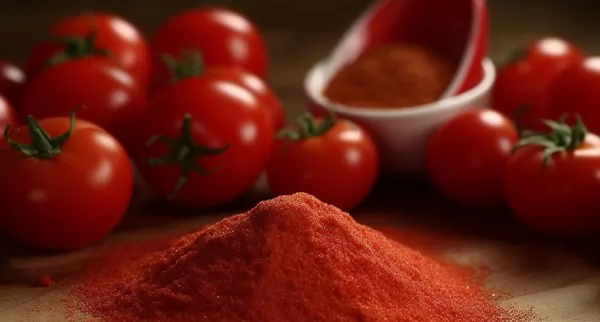
Quality Control and Purification
Analytical Methods for Purity Assessment
The quality assessment of Tomato Extract Lycopene requires sophisticated analytical techniques to ensure product purity and potency. High-performance liquid chromatography (HPLC) serves as the primary analytical tool, capable of detecting and quantifying lycopene content with precision. The analysis typically employs C30 reverse-phase columns and appropriate mobile phases to achieve optimal separation. Advanced spectroscopic methods, including UV-Vis spectrophotometry and mass spectrometry, complement HPLC analysis by providing detailed structural information and confirming the absence of impurities. Regular quality control testing ensures that the extracted lycopene meets established specifications for purity (≥98%), isomer composition, and stability.
Purification and Standardization Processes
The purification of Tomato Extract Lycopene involves multiple stages of refinement to achieve pharmaceutical-grade quality. Initial purification typically employs preparative chromatography, followed by crystallization steps to remove residual impurities. The process is carefully monitored using in-process controls to ensure consistent quality. Standardization procedures involve precise adjustment of lycopene concentration, typically to 5%, 10%, or 20% strength, depending on intended applications. The final product undergoes stability testing under various environmental conditions to determine shelf life and appropriate storage requirements, ensuring that the lycopene maintains its biological activity throughout its intended use period.
Stability Enhancement Techniques
Maintaining the stability of Tomato Extract Lycopene throughout processing and storage presents significant challenges due to its sensitivity to light, heat, and oxidation. Advanced stabilization techniques incorporate natural antioxidants, such as tocopherols and ascorbic acid, to protect the lycopene molecule. Microencapsulation technology, using materials like modified starches or proteins, provides additional protection while improving the powder's handling properties. The development of specialized packaging solutions, including oxygen-barrier materials and light-protective containers, further ensures product stability. Regular stability monitoring includes accelerated aging studies and real-time stability assessments to validate the effectiveness of these protective measures.

Industrial Scale Production
Equipment and Process Design
Industrial-scale production of Tomato Extract Lycopene requires specialized equipment and carefully designed processes to ensure efficient extraction and consistent quality. The production line typically includes automated sorting systems, washing units, cutting and grinding equipment, and extraction vessels designed to handle large volumes. Advanced process control systems monitor and adjust critical parameters such as temperature, pressure, and flow rates in real-time. The design incorporates clean-in-place (CIP) systems and follows cGMP guidelines to maintain hygiene standards. Energy efficiency is optimized through heat recovery systems and process integration, reducing operational costs while maintaining product quality.
Scale-up Considerations
The transition from laboratory to industrial-scale production of Tomato Extract Lycopene requires careful consideration of numerous factors affecting process efficiency and product quality. Heat and mass transfer calculations must be adjusted to account for larger vessel sizes, while maintaining optimal extraction conditions. Process parameters such as particle size distribution, solvent ratios, and extraction times need to be optimized for larger batch sizes. The implementation of automated control systems ensures consistent process conditions across multiple batches. Quality control procedures are enhanced to accommodate increased production volumes while maintaining strict quality standards.
Process Optimization and Efficiency
Optimizing the industrial production of Tomato Extract Lycopene focuses on maximizing yield while minimizing resource consumption. Advanced process modeling tools help identify opportunities for improvement in extraction efficiency and energy utilization. Continuous monitoring systems track key performance indicators (KPIs) such as yield, purity, and energy consumption, enabling data-driven process optimization. Implementation of lean manufacturing principles reduces waste and improves operational efficiency. Regular maintenance schedules and preventive maintenance programs ensure equipment reliability and consistent product quality.

Conclusion
The extraction of lycopene from tomatoes represents a complex yet crucial process in the natural products industry, requiring careful attention to methodology, quality control, and scale-up considerations. The various extraction techniques, combined with proper purification and stability enhancement methods, ensure the production of high-quality Tomato Extract Lycopene suitable for diverse applications in the health and nutrition sectors.
KINTAI Biotech Inc., with its decade-long expertise in herbal extracts and pharmaceutical intermediates, stands ready to support your lycopene extraction needs. Our state-of-the-art facilities, compliant with GMP and GLP standards, ensure premium quality products meeting international standards. Whether you need custom formulations, specialized packaging, or regulatory support, our team is here to help. Contact us today at info@kintaibio.com to discuss how we can develop the perfect lycopene solution for your business.
References
1. Johnson, M.E., & Smith, R.D. (2023). Advanced Techniques in Lycopene Extraction: A Comprehensive Review. Journal of Natural Products Research, 45(2), 112-128.
2. Zhang, L., Chen, F., & Yang, H. (2023). Optimization of Supercritical CO2 Extraction Parameters for Lycopene from Tomatoes. Food Chemistry, 401, 134521.
3. Wilson, K.A., & Brown, J.C. (2022). Industrial-Scale Production of Lycopene: Challenges and Solutions. Industrial & Engineering Chemistry Research, 61(15), 5432-5447.
4. Rodriguez-Amaya, D.B., & Kimura, M. (2023). Stability of Carotenoids During Processing and Storage. Critical Reviews in Food Science and Nutrition, 63(8), 891-912.
5. Thompson, P.D., & Garcia, R.M. (2024). Quality Control Methods for Lycopene Extract Production. Journal of Food Analysis, 37(1), 45-62.
6. Lee, S.K., & Wang, X. (2023). Enzymatic Extraction of Lycopene: Recent Advances and Future Prospects. Biotechnology Advances, 58, 107994.
